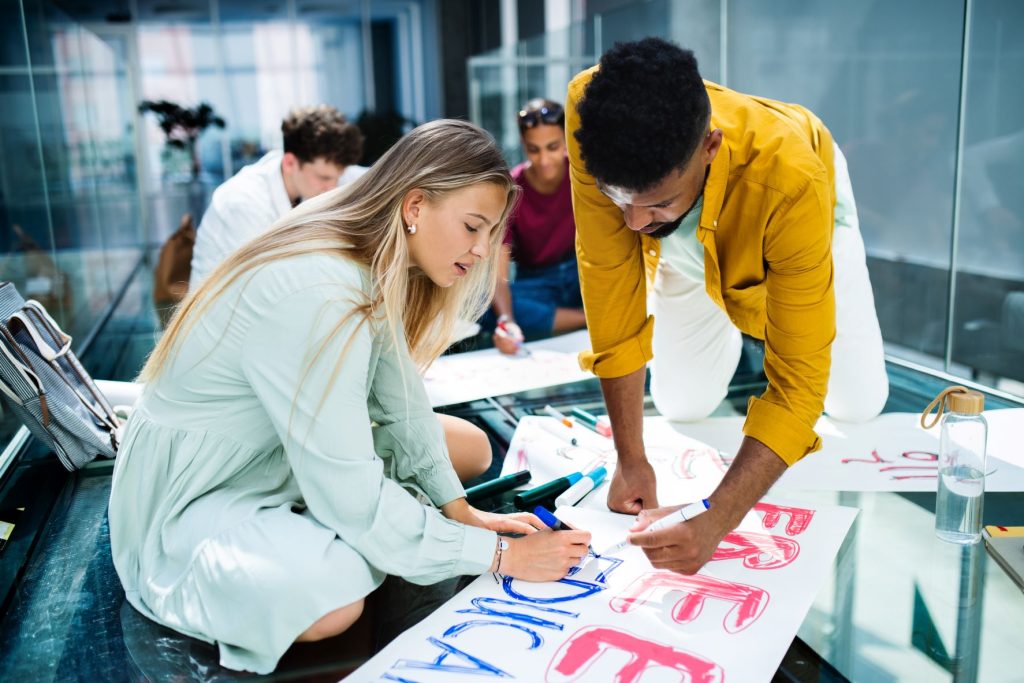How Can We Encourage Youth in Education?
To engage youth in learning, we need to encourage them to take part in diverse activities and experiences. This way, they will be able to develop leadership and self-determination skills. They will also learn about cultural diversity as well as the importance of respecting all people. They will also be able serve their community and others in a genuine way.
Parental involvement
Recent research shows that parental involvement affects academic development. Children with greater parental involvement are more likely to be successful in academic and social life. These children also make greater gains over time in these domains. But, academic achievement does not seem to be affected by parental involvement. It is important to understand how parental involvement affects student performance.
Participation by parents in youth programs has been shown to increase communication and bonding with their kids. It also promotes positive effects after participation. Parental involvement can improve communication between parents and children and improve perceptions of one another. This can have positive effects on the post-participation that last longer.
Expanding support systems
The Department of Health and Human Services (HHS), in the United States, recently announced that $7 million will be invested to expand support systems for young people in education. The money will go towards education and culturally relevant services for trauma support. These initiatives will help young people develop positive social connections with adults they can relate to. The grants will also be used to develop partnerships with local support systems.
Expanded learning provider are uniquely positioned in order to coordinate with multiple partners and provide comprehensive support to students. For example, the Oakland Unified School District laid the foundations of integrated planning before the pandemic. This district has 75 public-funded expanded learning programs that serve more than 36,000 students. These students are predominantly Black and Latinx, and most of them live in poverty.

Reading aloud
It is well-known to the benefit of reading aloud for young people’s literacy. The practice can be an excellent way to encourage young people to love books, and it can even create a shared experience of enjoyment. This is supported by science and research. Numerous studies show that children who read to books often do better in school.
Reading aloud has many educational benefits. It can also help youth improve their language skills. Reading aloud can help children hear the sounds and meanings of language. Classic literature can be read aloud to children to help them learn about culture and history. Children will also learn how to make a book real for them and the historical context.
School-family partnerships
School-family partnerships are a powerful tool in the education system. They encourage families and students to be involved in their child’s education. These partnerships require both time and commitment from both sides. While some families may need special accommodations, they will benefit from the time and attention they invest in their child’s education. Schools have access to a wealth of information and support from families that can help them achieve academic success. Partnerships can also be a powerful tool for building communities.
To create these partnerships, educators and parents need to work together to foster a learning environment where children feel comfortable discussing their learning progress and needs. Parents and teachers should meet regularly in order to share information and discuss the things that their children love and what they need to improve. Parents should encourage their children to read with them and engage in activities that promote healthy learning habits. Working together with the school, parents and teachers should share the same goals and expectations for the child’s education.
Developing a racial-ethnic identity
Young people face many challenges when it comes to forming a racial-ethnic identity. It is affected by many factors, such as personal history, socialization, media messages, and how they are exposed to them. There are many ways educators can support young people’s development of racial and ethnic identity.
Umana Taylor led a study that examined the impact of ethnicity and raciality on the development psychological distress in Latino adolescents. It also explored the relationship of ethnic identity and self-esteem. Umana Taylor also examined the psychological distress that discrimination can cause.
Another study examined the effects of school-based interventions on the development of racial and ethnic identity. It was found that the intervention group had more adolescents exploring ethnic-racial identity compared to the control group. This indicated that these youth were more likely than others to explore their ethnic identities.